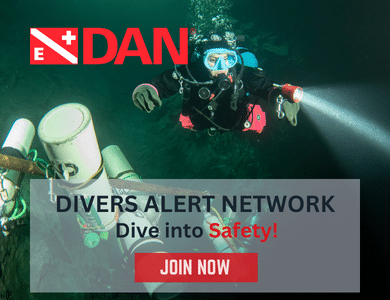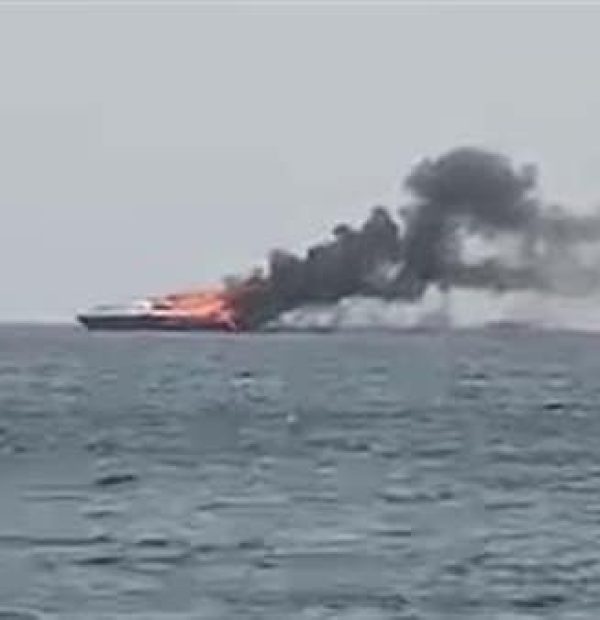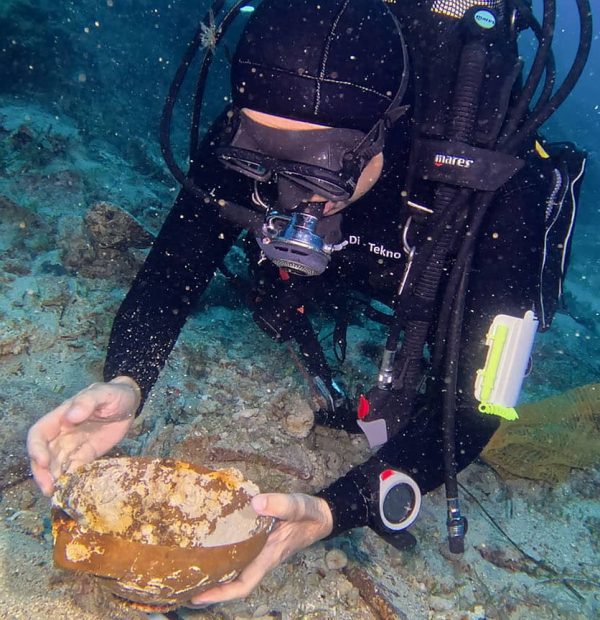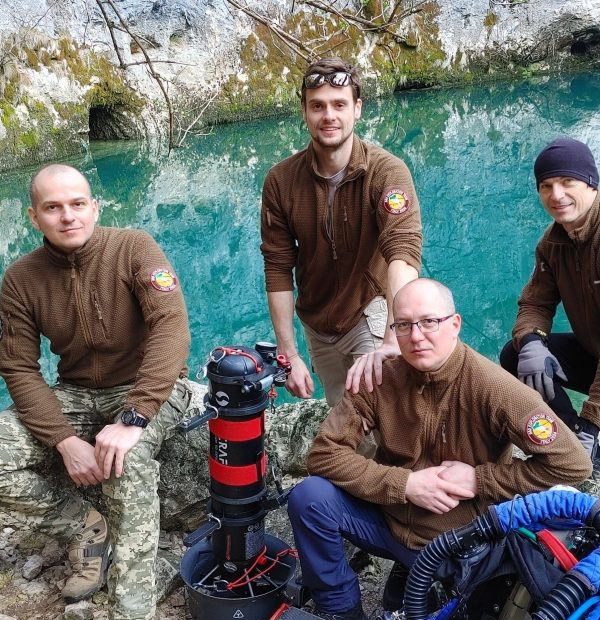Tuesday, 23 April 2024
Menu

The identification of the self-headed larva is the result of a team that worked under the guidance of an expert on these unusual fish, Dr Marianne Nyegaard of Auckland War Museum. Together with Kerryn Parkinson and Andrew King from the Australian Museum, Nyegaard used available ichthyological collections and support from the world-leading Genomics Laboratory in Sydney.
The self-headed mola is one of only three species of mola fish found in Australian waters. These landmark discoveries have provided important information that will help scientists understand the entire life cycle of these marine giants. It will also contribute to the conservation of an entire unique species.
For the first time, we have been able to genetically identify a specimen of the larvae of the self-headed larvae (Mola alexandrini) anywhere in the world – Dr Nygaard said.
Several specimens of larvae collected off the coast of New South Wales in 2017 by CSIRO researchers caught the attention of Dr Nyegaard. She decided to conduct research and identify the species.
As Dr Nygaard explained, fish larvae often look nothing like their adult form. In the case of larvae, none of the features used to identify adult larvae are visible in the smallest larval specimens. This makes their identification particularly difficult.
Despite this, using the resources of the Australian Museum’s Genomics Laboratory, we were able to carry out a DNA analysis of one of the specimens – Nyegaard said.
To minimise damage to the extremely rare larval specimen (about 5mm long), Kerryn Parkinson meticulously removed a single eyeball from the unidentified specimen. In turn, Andrew King, a genomics specialist, carried out DNA extraction and analysis.
We compared the DNA sequence from an existing specimen with reference data generated by our international collaborators. Differences in the genetic code are statistically analysed to distinguish between species – Andrew King explained.
These beautiful sea giants can be found all over the world. They live in the open waters of tropical and temperate seas. The classification of species in the genus Mola has long been confused, despite the great interest that these fish generate. No doubt this is mainly due to their rarity and the difficulty in preserving them for research.
Photo: Kerryn Parkinson / Australian Museum










Welcome to DIVERS24.COM, your daily source of scuba news, freediving, scuba diving information, and equipment reviews. Our comprehensive coverage of the dive industry from A to Z provides you with all the latest scuba news, training updates, underwater photography tips, and everything else related to scuba diving. Whether you’re a beginner or an experienced diver looking for more knowledge about scuba gear or techniques – we’ve got it covered! With our in-depth articles written by experienced divers who have been there and done that, you are sure to find exactly what you need here at Divers24.com. Dive into scuba news today!
Underwater Media Sp. z o.o.
Szafarnia 11/F8,
80-755 Gdansk, Poland
Welcome to DIVERS24.COM, your daily source of scuba news, freediving, and scuba diving information. Sign in for a weekly news update and discount coupons for dive gear and apparel.
@2023 - underwatermedia.pl. All Right Reserved. Designed and Developed by Tworzenie stron internetowych Gdansk

The Divers24 portal is currently the largest online medium treating diving in Poland. Since 2010 we have been providing interesting and important information from Poland and around the world on all forms of diving and related activities.
Contact us: info@divers24.com